It is believed that Iceland remained uninhabited by humans longer than most places on Earth. Then, around 800 AD, the Norsemen began to build ships that could safely carry them into the North Atlantic. The Norsemen were often referred to as Vikings and were believed to have settled in Iceland between 870 to 930 AD. These Viking settlers originally worshipped the old Norse gods from their home country and only later adopted Christianity. From 1262 to 1814 Iceland was ruled by Norway and then Denmark. It became independent in 1918 after World War I. When much of Europe was occupied during World War II by Nazi’s, including Denmark, Iceland was occupied by the British and then the United States. Iceland became an independent republic in 1944 following World War II and became a founding member of the United Nations.
Where are the trees?
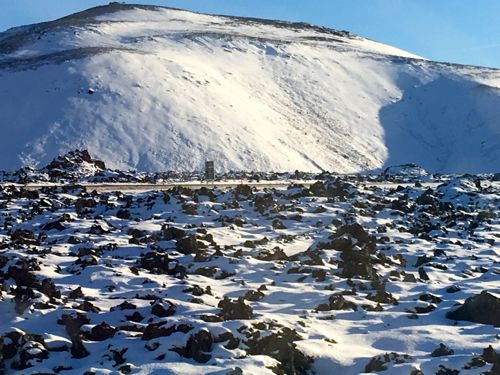
The most likely original forest forming tree species were the downy birch (Betula pubescens). Other native tree species that are found infrequently in Icelandic forests are rowan (Sorbus aucuparia) and aspen (Populus tremula), along with tea-leaved shrub (and sometimes small tree) the willow (Salix phylicifolia).
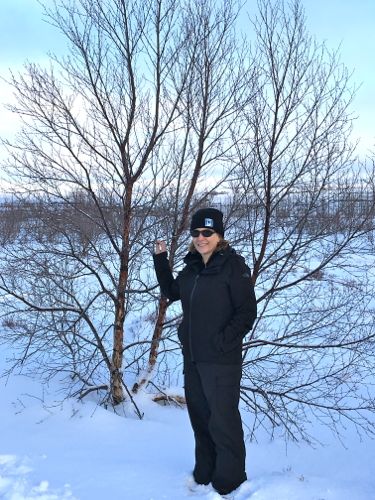
The downy birch trees generally grow between 3 and 5 meters tall. Compared to trees in Europe and North America this probably seems pretty small, but after a short time in Iceland it’s easy to imagine that anything taller would likely have great difficulty with the seemingly ever-present Icelandic gale winds.
And, if you’d like to see how quickly the Icelandic wind can come up, Google the vimeo video number 31675022 by Bjorgvin Valur in Stöðvarfjörður, Iceland.
An old Nordic joke, told to me by several Icelanders is, if you’re ever lost in an Iceland forest, just stand up! However Iceland is working hard to change this through an extensive forestry program, with rewards for landowners who plant trees on their property. If you’re interested in more information on Iceland’s forestry program just click on the link below! http://www.skogur.is/english/forestry-in-a-treeless-land/
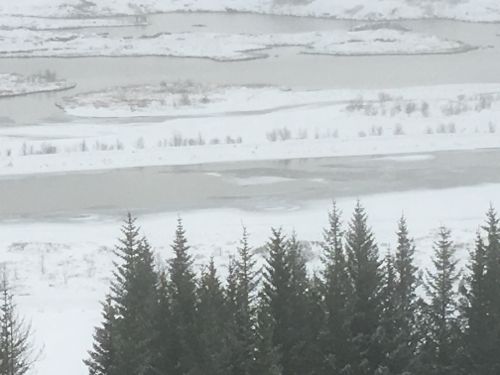
Where are the animals?
The only terrestrial mammal native to Iceland is the Arctic fox.
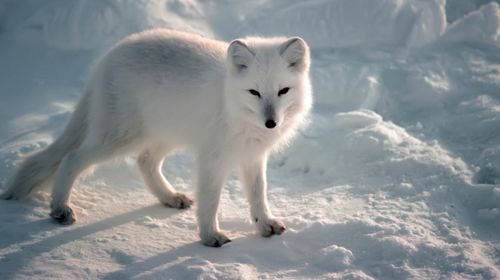
Over the years polar bears have made their way to Iceland, usually drifting on icebergs from Greenland. Up until 1994 Icelanders were allowed to freely hunt and kill any polar bear they found, due to the danger the polar bears posed to humans and livestock as well as the highly valued polar bear pelts. Since 1994 Iceland authorities have wrestled with the difficulties of deciding what they should do with polar bears that reach the Iceland shores. If polar bears are a threat to humans or livestock they may still be killed, however if it’s possible, financially and logistically, then it is possible that polar bears may be transported back to their natural habitat.
Questions
Using Punnett squares can you work out the probabilities that Arctic wolf pups of the following parents will have particular phenotypes and genotypes. When you think you've figured out the answers to the problems, let me know the probabilities that you came up with! Make sure to include phenotype and genotypes!
Problem 1: If you cross a homozygous recessive white fox with a heterozygous blue fox, what would be the resulting phenotypes and genotypes of the pups?
Problem 2: If you cross a homozygous recessive white fox with a homozygous dominant blue fox, what would be the resulting phenotypes and genotypes of the pups?
Is Iceland in the Arctic?
In an earlier journal I asked if you thought Iceland was in the Arctic or not. The first few days in Iceland I asked about a dozen Icelanders what they thought about Iceland's place in the world. The most common response was yes, Iceland is in the Arctic. I even took several tours with a group called Arctic Adventures. Several people pointed out that a small portion of Northern Iceland is within the Arctic Circle, and therefore, Iceland is in the Arctic. My favorite response however, after I asked the question was....Ya, don't you think it's close enough? My final thoughts on the matter? Even though it doesn't follow the strict science definitions of what makes the Arctic...the Arctic, I'm voting with the people that live in Iceland, so Iceland is in the Arctic!
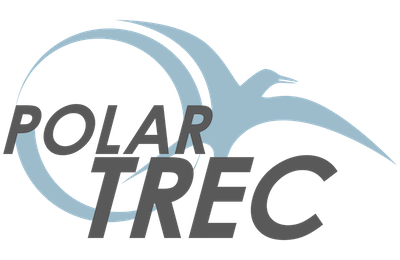

Comments